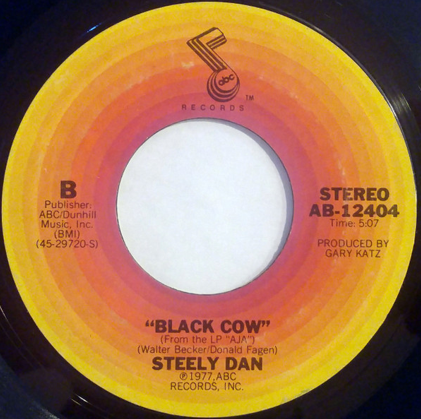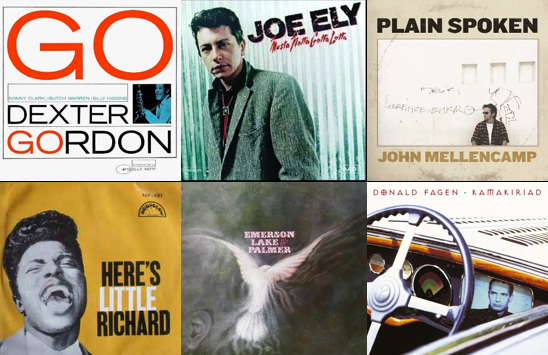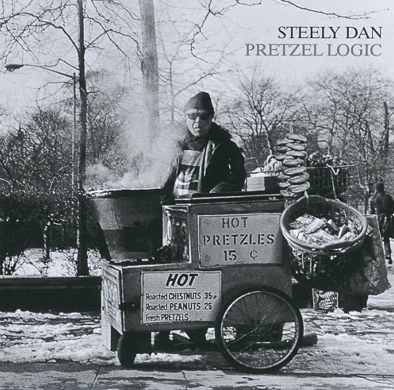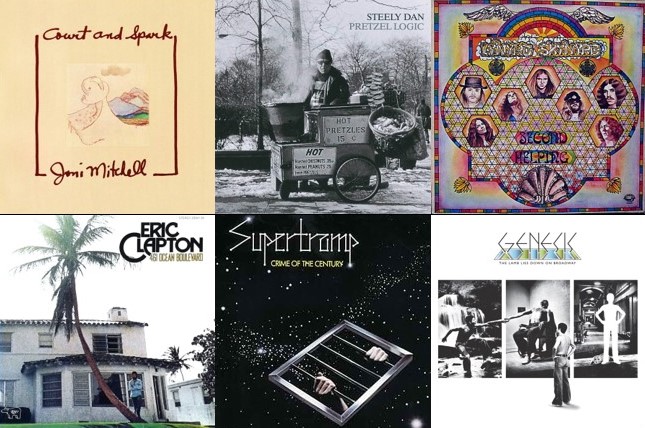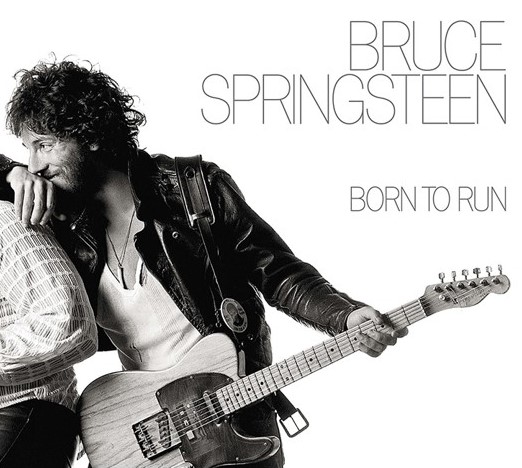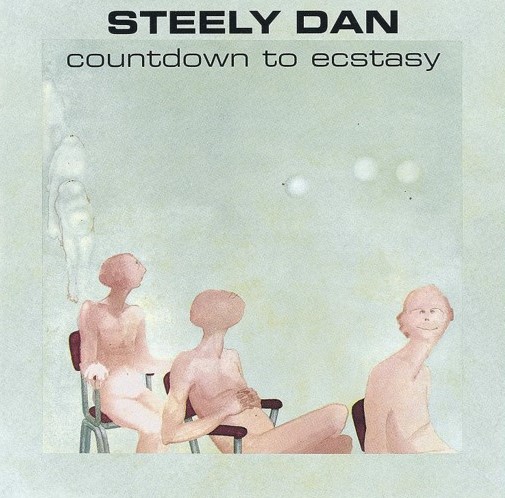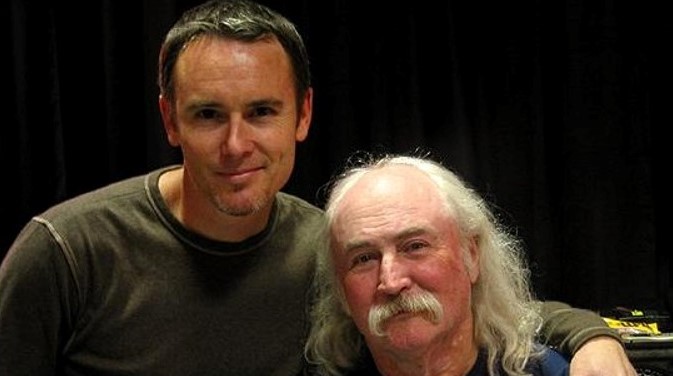Happy Wednesday and welcome to Song Musings, my recurring midweek feature in which I dig deeper into a song I’ve only mentioned in passing or not covered at all to date. As a huge fan of Steely Dan, today’s pick definitely falls into the first category: Black Cow.
Co-written by Walter Becker and Donald Fagen, Black Cow is the amazing opener of Aja, Steely Dan’s sixth studio album released in September 1977 and, I think many fans agree, their musical Mount Rushmore. In August 1978, Black Cow also appeared as the B-side of the album’s third single Josie.
The single enjoyed moderate chart success, peaking at no. 24 in the U.S. on the Billboard Hot 100. In Canada, it did slightly better, climbing to no. 20. The Aja album, on the other hand, was hugely successful, peaking at no. 3 in the U.S. on the Billboard 200 and in New Zealand, no. 5 in the UK and no. 9 in each The Netherlands and Australia. Aja also reached 2X Platinum status in the U.S. (2 million certified sold units) and Canada (200,000 certified sold units), as well as Gold status in the UK (100,000).
Like the title track and Peg, Walter Becker did not play on the recording of Black Cow. Donald Fagen provided lead vocals and synthesizer. As had become common since the March 1975 Katy Lied album, Messrs. Becker and Fagen relied on contributions from top-notch session musicians: Larry Carlton (guitar), Joe Sample (clavinet), Victor Feldman (Fender Rhodes), Tom Scott (tenor saxophone), Chuck Rainey (bass) and Paul Humphrey (drums). Backing vocals came from Clydie King, Venetta Fields, Sherlie Matthews and Rebecca Louis. Here’s a live version captured by yours truly in New Jersey in July 2018.
Black Cow has been covered by various other artists over the years. Among others, SecondHandSongs lists jazz pianist Ahamad Jamal (1978), jazz drummer Norman Connors (1980), smooth jazz guitarist Nick Colionne (1999), soul and jazz singer-songwriter Tony Gallo (2006), Canadian art rock band The Darcys (2012) and singer and actress Linda Lavin (2020), among others. Here’s Colionne’s instrumental version, which he recorded for his 1999 album The Seduction.
Following are some additional insights from Songfacts:
“Black Cow” has a number of lyrical interpretations: a troubled relationship, an ode to self-doubt, a commentary on nightlife, a reference to Hindu culture (cows are sacred). Or it could be about Thelonious Monk, the American jazz composer who is often regarded as the father of bebop.
In the Classic Albums episode on the album Aja, Donald Fagen and Walter Becker, perhaps showing their wry sense of humor, described the lyric as “self explanatory,” but did offer some insight as to what they had in mind.
“It starts out with this guy talking about this girl he used to be involved with,” Fagan said. “She’s sitting at a counter, and he describes her behavior and habits, and out of that you begin to see her character and their relationship.”
He added that the “black cow” is a beverage – depending on where you live, it can be a milkshake or a coke float (like a root beer float, but with coke). But it’s something you would get at a soda fountain, where the song takes place. In the ’50s, Fagen and Becker spent a lot of time at these soda fountains.
Note the deceptively simple disco-era instrumental starting out with a bass line and drums, then sneaking in layers of complexity with saxophone accompaniment and the electric piano solo. Steely Dan made a name for themselves with highly polished productions using a wide array of session musicians.
Becker and Fagan would sometimes record a song with one group of musicians, decide it wasn’t working, and try it again with an entirely new set of players – rinse and repeat until it was right. Aja was their sixth album; by this time Fagen and Becker had refined their system and developed an uncommon rapport where they could almost read each other’s musical minds.
The multitrack masters for “Black Cow” and “Aja” have gone missing, which makes it impossible to do surround-sound versions of these tracks. In the liner notes to the stereo remaster of the Aja album, the band offered a $600 reward for information leading to their return.
The 1998 hip-hop hit “Deja Vu (Uptown Baby)” by Lord Tariq & Peter Gunz samples significant portions of “Black Cow.” So much that Walter Becker and Donald Fagen are listed as the writers on the track.
Sources: Wikipedia; Songfacts; SecondHandSongs; YouTube
